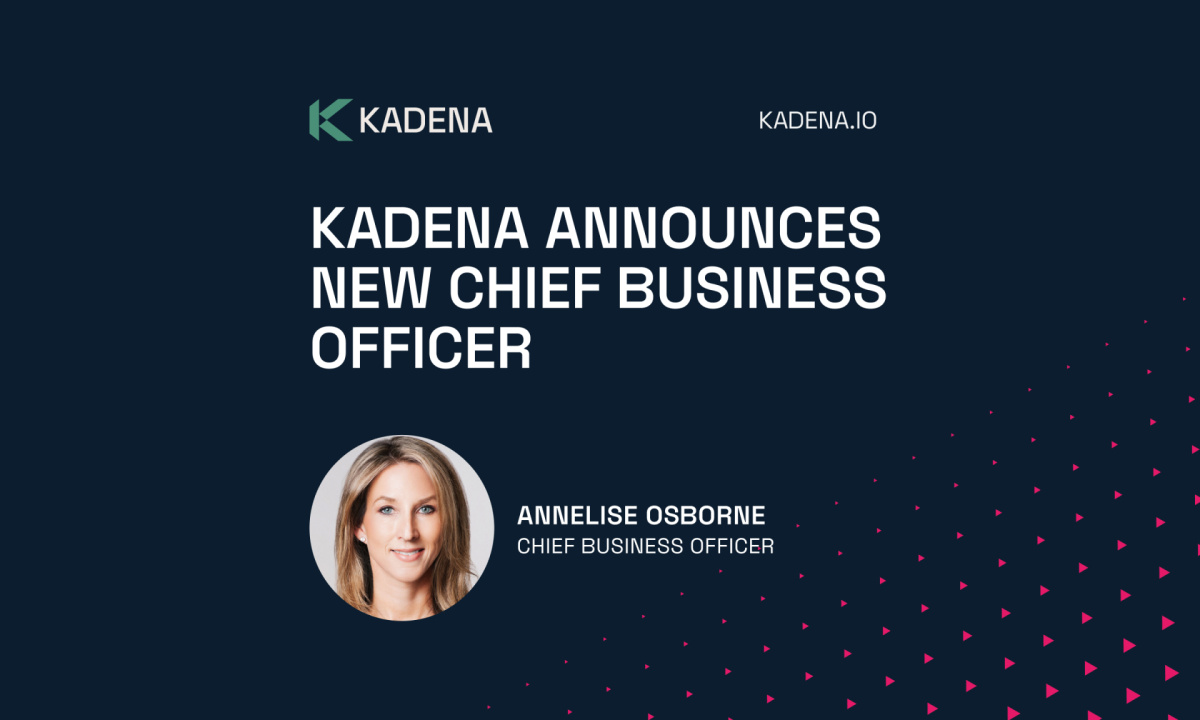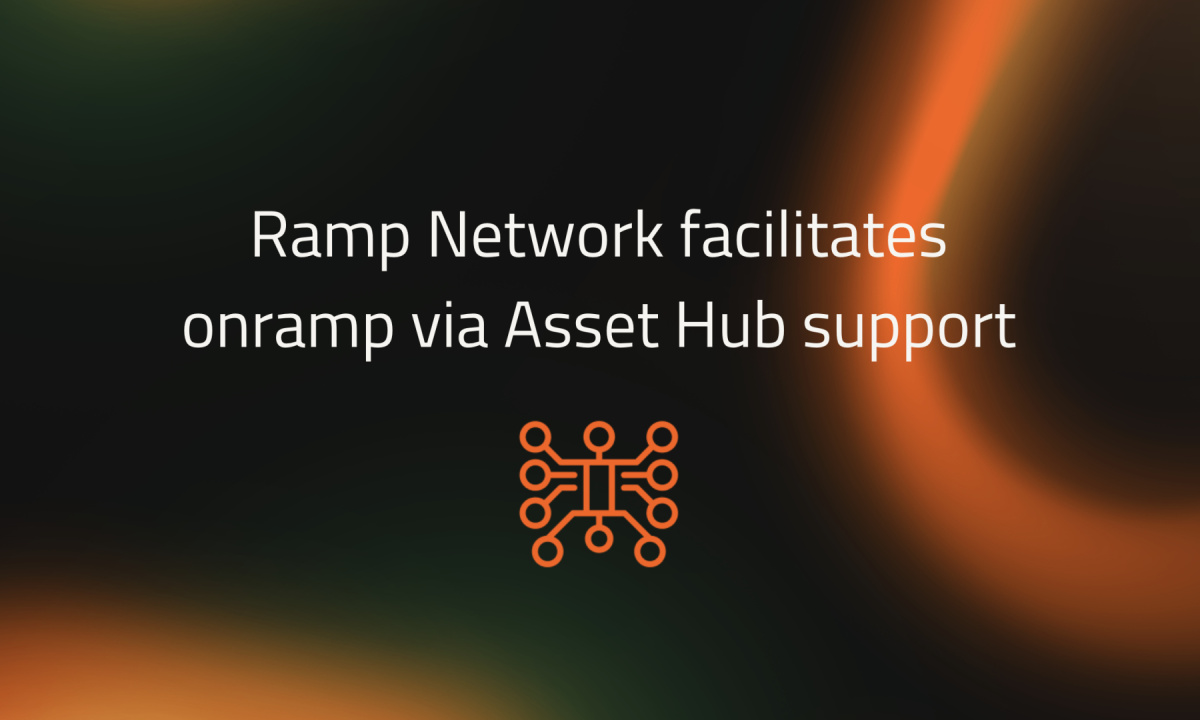Table of Contents
- What Is Tokenomics?
- What Is The Role Of Tokens?
- Tokenomics vs Other Economic Models
- What Is The Token Economy?
- Alternative Token Economies
- Bottom Line
The word “tokenomics” and the phrase “token economy” are very often used interchangeably when people are talking about the world of crypto and digital assets. Yet the two terms actually represent different concepts, and it’s important for anyone seriously considering investing in a crypto ecosystem to understand exactly what they mean.
So let’s dive straight in and see what they are!
What Is Tokenomics?
Tokenomics is a portmanteau of the words “token economics” and it can be thought of as the rules that govern the issuance and supply of a specific cryptocurrency or digital token.
The thing to understand about cryptocurrencies is that, while they can have a maximum supply or be unlimited, their distribution schedule is hard-coded into the blockchain that underlies them. In addition, some digital assets also have coded mechanisms that allow for the removal of tokens from circulation by being “burned”, in order to reduce the circulating supply. These rules, which can only be changed if there is a community consensus, are what determine an asset’s tokenomics.
Using tokenomics, it’s possible to predict with a high degree of accuracy how many coins will exist by a certain date, and also determine which group of users are likely to own the most tokens.
To understand how tokenomics works, we can use Polkadot as an example. The initial distribution of its DOT tokens saw 30% allocated to the Web3 Foundation, which develops the blockchain. It also saw 3.42% allocated to private sale investors, 5% allocated to SAFT investors, 50% allocated to auction investors, and 11.5% set aside for future sales.
Polkadot’s launch began in May 2020 with its Relay Chain Genesis Block, when the first swathe of tokens were distributed to the Web3 Foundation and offered for sale. Unlike many blockchains, there is no capped maximum supply of DOT, with new tokens issued as rewards via the protocol’s staking mechanism. However, it’s possible to map the supply schedule of DOT, as shown in the image below. We can see that the supply of DOT is expected to reach around 1.5 billion in 2025.
What Is The Role Of Tokens?
Crypto tokens serve different purposes in different projects. Bitcoin, for instance, is simply used as a digital currency and a store of value, often referred to as a kind of “digital gold”. However, other tokens have greater utility than simply representing value, enabling holders to access products and services based on the underlying blockchain, rewarding users for taking certain actions, and being used for governance rights.
Bitcoin and other digital currencies, such as Litecoin, are more often than not known as “coins”, whereas assets like Ethereum, which provide additional utility, are more correctly described as “tokens”.
Tokens are an essential ingredient in the tokenomics of a specific blockchain project or application. They often represent ownership of a project, hence the distribution of tokens between its founding team and investors is often specified in its whitepaper. Token sales are used by projects as a way of raising capital when they first launch. New tokens will be issued on the blockchain, as per the tokenomics described in the project’s whitepaper. Additionally, tokens often play a role in a project’s governance, with each community member’s voting power determined by the number of tokens they hold. When new crypto projects launch, it’s usually the founding teams that make the decisions, before evolving to a community governance model once the project has become more established. From then on, the community gets to vote on the implementation of new features.
Tokenomics vs Other Economic Models
Tokenomics refers to an economic model that’s designed specifically to support a decentralized blockchain network or decentralized application. Meanwhile, traditional economics is based more on the prediction of specific events or human behavior.
Within traditional economies, a centralized institution such as a central bank will control the supply of money, and is free to issue new currency whenever it sees fit. Meanwhile in tokenomics, the supply is controlled by hard-coded algorithms and cannot be altered unless a majority of the project’s community agrees, and votes to do so.
What Is The Token Economy?
Now that we understand what tokenomics is, let’s take a look at the token economy, which regards how tokenomics are applied within a much wider digital ecosystem.
To understand the token economy, we can look at another example. By far the biggest token economy at present is Ethereum, a decentralized, open-source blockchain with smart contract functionality that serves as the foundation of a growing ecosystem of dApps and decentralized autonomous organizations.
Ethereum’s native token ETH is currently the second most valuable cryptocurrency by market capitalization, presently worth around $201.5 billion, but in fact the total value of its ecosystem is far larger than that. This is because, unlike Bitcoin, Ethereum is not just a digital currency, but rather a decentralized computing platform where developers can build all manner of dApps, including digital art in the form of NFTs, stablecoins such as Tether and USD Coin and DeFi apps such as Uniswap and Compound.
Here’s a quick view of the top tokens that make up Ethereum’s ecosystem:
As we can see, ETH is merely the most visible part of the wider Ethereum token economy. So we can picture Ethereum as an iceberg, in which ETH is merely the chunk of ice that can be seen floating above the waves. Meanwhile, the various dApps and projects that build on Ethereum operate their own utility tokens, and these are the ones that are just below the waterline, making up the bulk of its token economy.
Within Ethereum’s, or any other blockchain’s token economy, there are two kinds of tokens. First there is the Layer-1 token, which in Ethereum’s case is ETH. Other examples of Layer-1 tokens include BNB on Binance Chain, DOT on Polkadot and AVAX on the Avalanche blockchain.
Then we have the Layer-2 tokens, which are the utility tokens of the dApps built atop of a blockchain. Examples include the aforementioned stablecoins USDT and USDC, and the tokens of DeFi projects such as Compound (COMP) and Lido DAO (LDO).
The collective value of Ethereum’s token economy, which encompasses the market cap of all tokens minted on its blockchain, was worth $506.8 billion at the time of writing - making it far greater than the value of ETH alone.
Alternative Token Economies
Ethereum is not the only token economy in existence. Since its inception in 2015, a number of rival blockchains have emerged, claiming to be faster and more scalable, and their improved transaction speeds, lower costs and higher throughput have attracted a great deal of developers. As a result, projects like Avalanche have established thriving token economies of their own. What’s curious about Avalanche is that its native asset, AVAX, is not even the most valuable token within its ecosystem. In fact, there are four well-known stablecoins that all have a significantly higher market cap than AVAX at present:
A recent trend that has emerged in the crypto industry is the rise of more specialized networks that have been specifically designed to support the establishment of token economies. An example of this is Unit Network, which has created a token economy infrastructure for the creation and management of DAOs, or decentralized autonomous organizations. With Unit’s infrastructure, anyone in the world can set up their own cryptocurrency, complete with its own tokenomics structure.
Unit Network is particularly interested in helping businesses, industries and cities to create their own digital tokens, with its primary goal being to solve wealth inequality by creating token economies that transform the role of money in society, similar to how the internet transformed the way information is communicated across the world.
The primary Layer-1 token within Unit Network’s token economy is its native asset UNIT, but its infrastructure supports the creation of a range of tokens, including so-called “City tokens” that aim to power decentralized economies within their communities. To date, it has created more than 30 city tokens, including AMSTERDAM, LOSANGELES, PARIS and SANFRANCISCO. Unit’s protocol also supports “Industry tokens” such as ART, BIKE, BOAT and CAR.
Each individual City and Industry token has its own, distinct tokenomics and is governed by an open DAO that consists of individuals, businesses and communities within a specific city or industry. The individual tokens are a digital currency that’s backed by crypto assets such as BTC, ETH and UNIT. They can be used to buy products and services from participating businesses via City or Industry token community stores, and to transfer payments between users.
As well as its City and Industry tokens, Unit Network’s token economy supports 22 different stablecoins that aim to increase its platform utility. USDU, which is pegged to the U.S. dollar, serves as the primary utility and exchange pairing token with the Unit token economy. Other stablecoins include EURU (pegged to the euro), and BTCU, ETHU and DOTU (pegged to BTC, ETH and DOT, respectively).
Bottom Line
Understanding the tokenomics of any digital asset is an absolute must for anyone who’s considering investing in a crypto project. The tokenomics of a digital asset can help users to understand the mechanics of how a particular dApp’s economy works, as well as its supply and distribution, thus gaining insights into its true value.
Token economies meanwhile refer to the concept of a wider ecosystem made up of numerous projects and digital assets, each with their own tokenomics. The goal of such networks is to build up a thriving community of integrated projects that feed off of one another’s success, helping the ecosystem to grow and become more valuable together.
Disclaimer: This article is provided for informational purposes only. It is not offered or intended to be used as legal, tax, investment, financial, or other advice.
Investment Disclaimer











